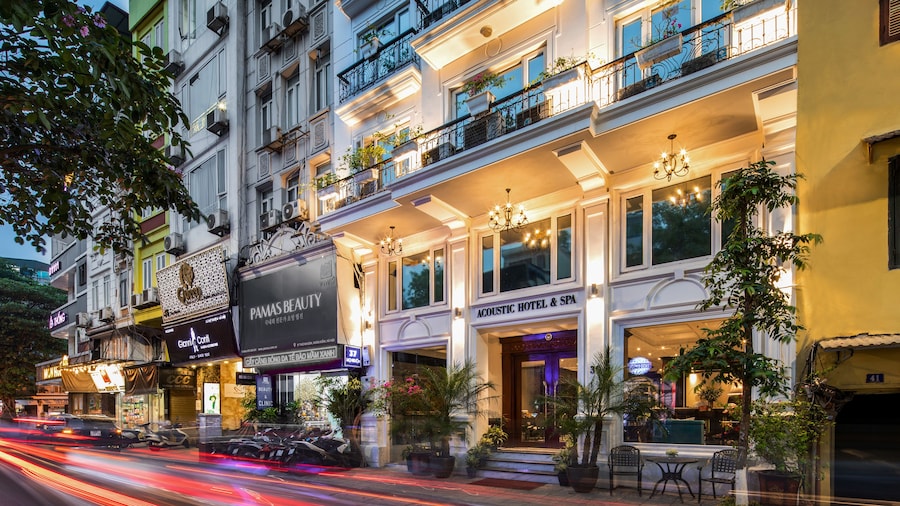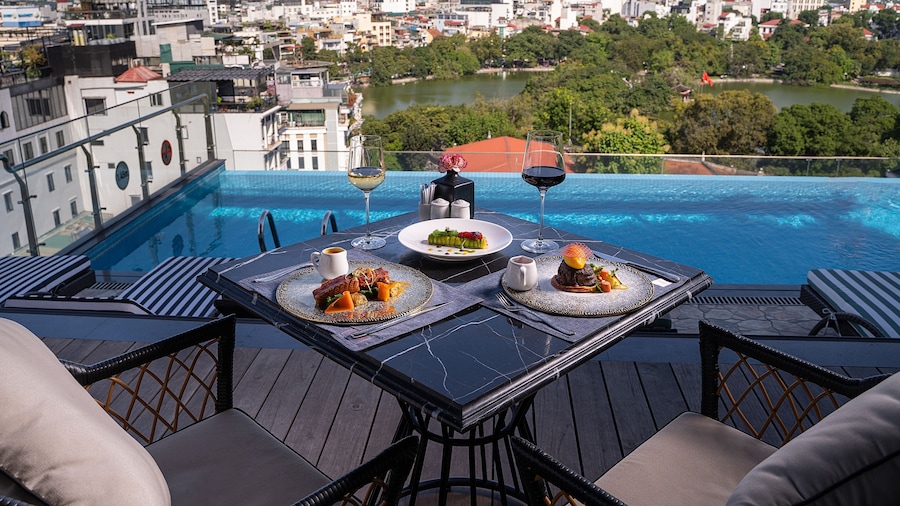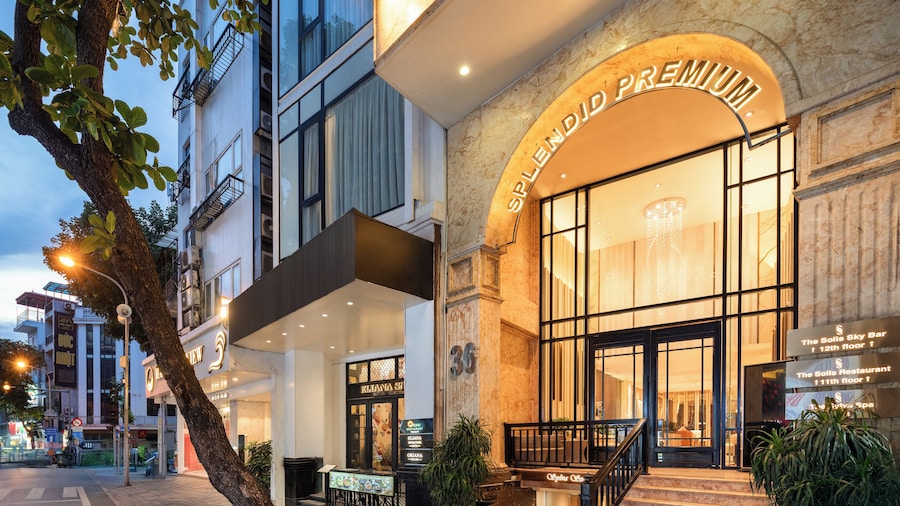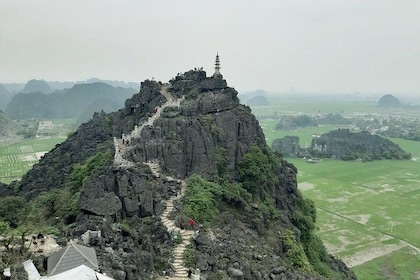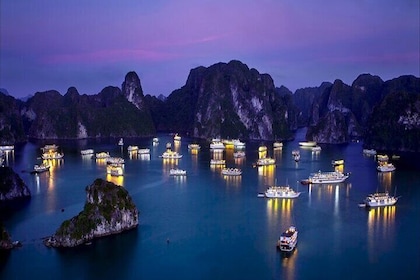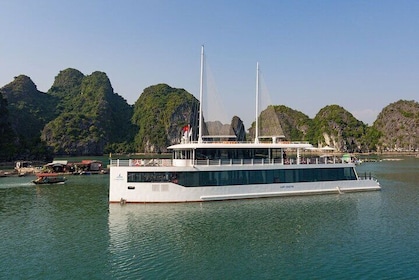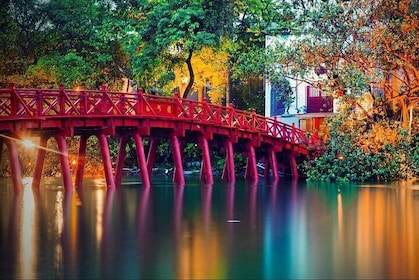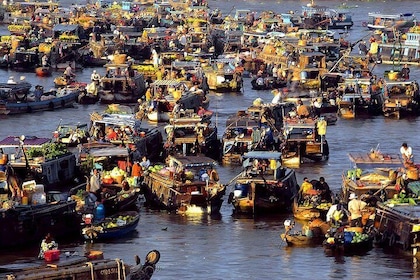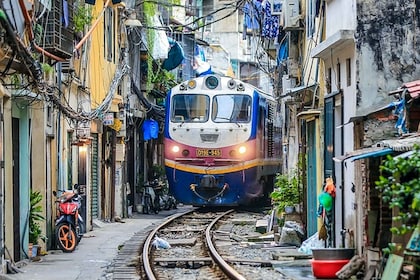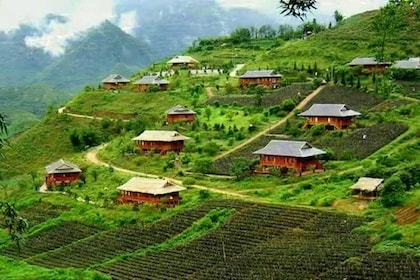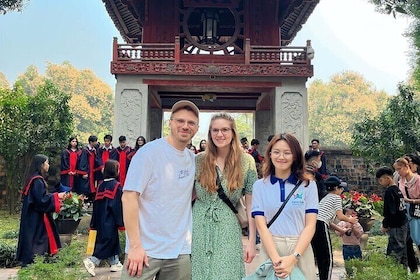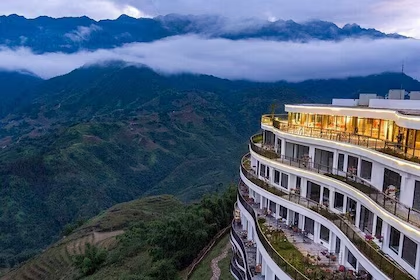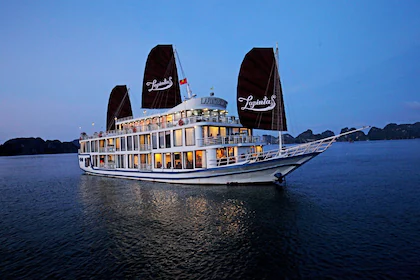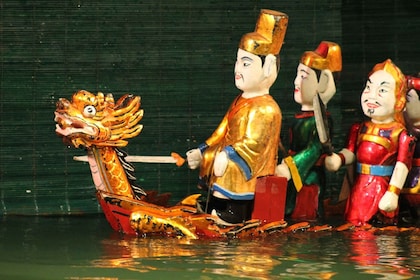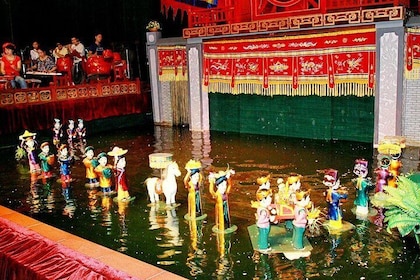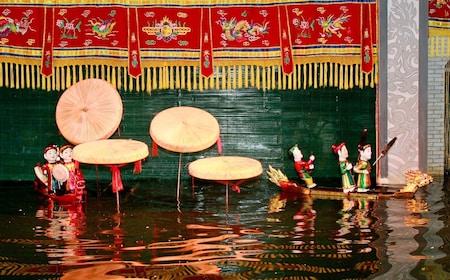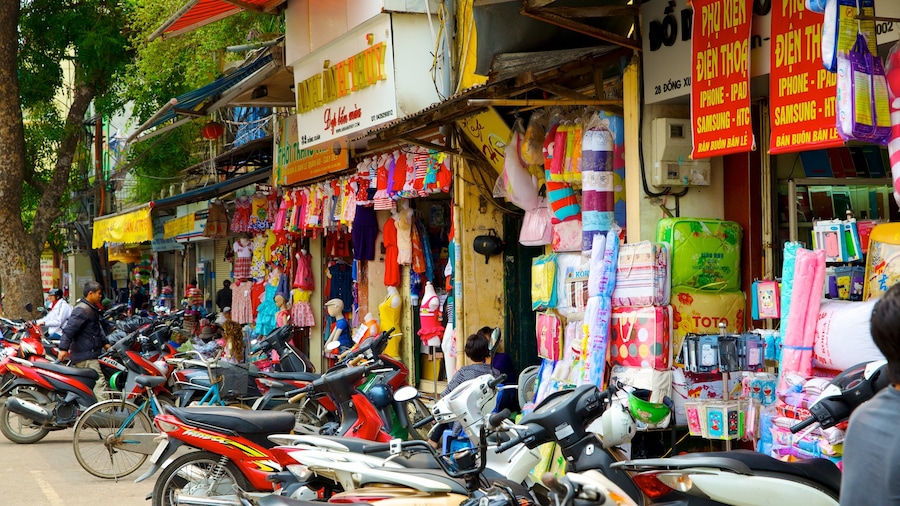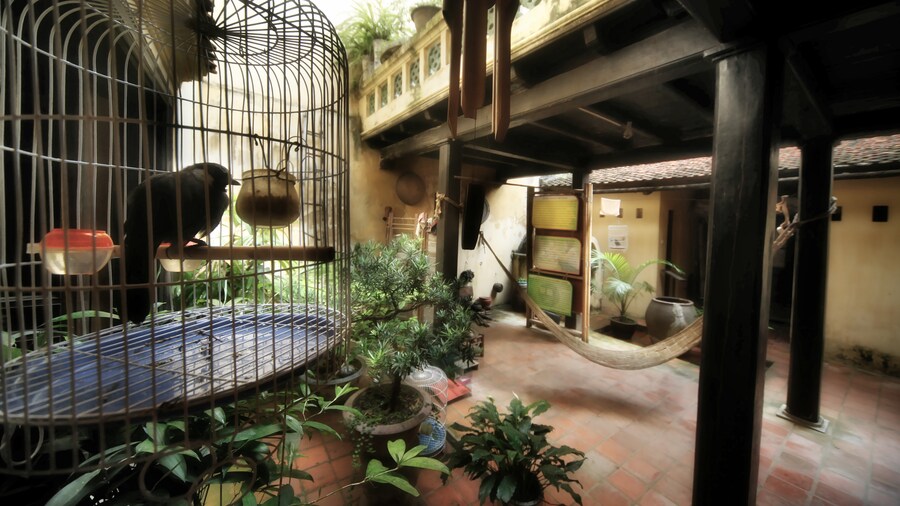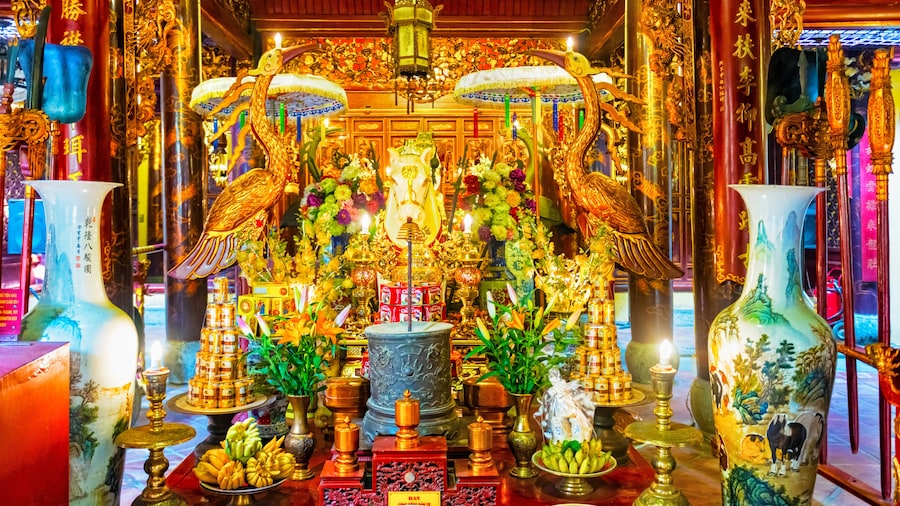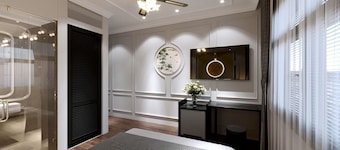Architecturally and historically important, this bridge aided Vietnam’s independence efforts. It symbolises the country's military resistance and engineering skills.
Constructed by French architects Henri Daydé and Auguste Pillé, the Long Bien Bridge was an instrumental piece of infrastructure during the French occupation and the Vietnam War. Walk along the overpass and enjoy the views as you cross this historic bridge.
When it was completed in 1902, Long Bien Bridge was the first steel bridge to cross Hanoi’s Red River. It was considered one of the grandest pieces of architecture in the East, inspiring poets and songwriters. During the Vietnam War, it was a symbol used in patriotic songs and poems.
At just over 1.5 mile (2.3 kilometres) long, the bridge provides a relaxing walk or cycle. Admire views of the Red River, see the barges as they float underneath and notice the rusted steel frames and the areas where the American army bombed the bridge between 1967 and 1972.
Constructed by the French and built by the Vietnamese with local materials, this bridge strategically connected Hanoi to the port city of Haiphong. In peacetime it was used to transport rice between the north and central parts of Vietnam. It was crucial for military efforts in the defeat of the French at the Dien Bien Phu battle, which led to the French withdrawal from Indochina.
Today, Long Bien Bridge is closed to car traffic. It is one of five bridges crossing the Red River. Stop at the open-air afternoon market near the bridge to buy fresh fruit, vegetables and desserts. Sunrise or sunset is a great time to cross as the colours of the sky reflect on the river. Take your time and relax as pedestrians and cyclists pass by.
Take a taxi to Long Bien Bridge or walk just over 0.5 mile (800 metres) from the Old Quarter. Alternatively, rent a motorbike, and remember to drive on the left side of the road. To get onto the bridge, use the ramp located near Gam Cau Street.

